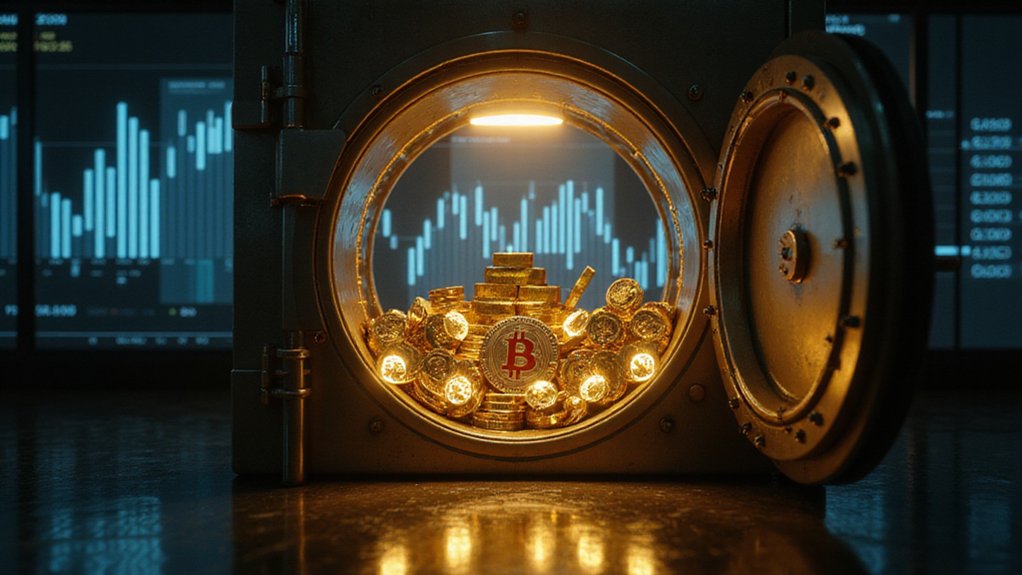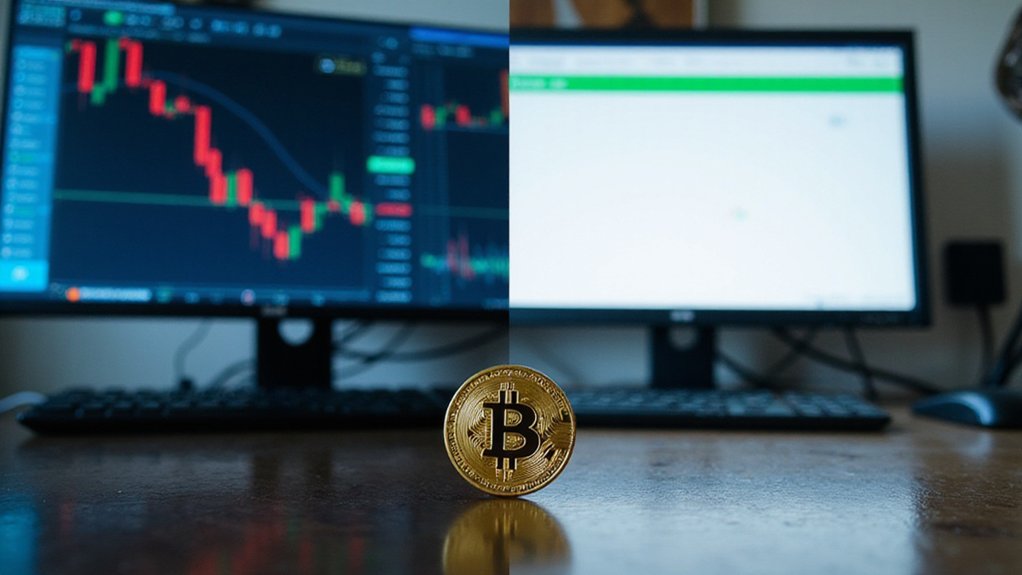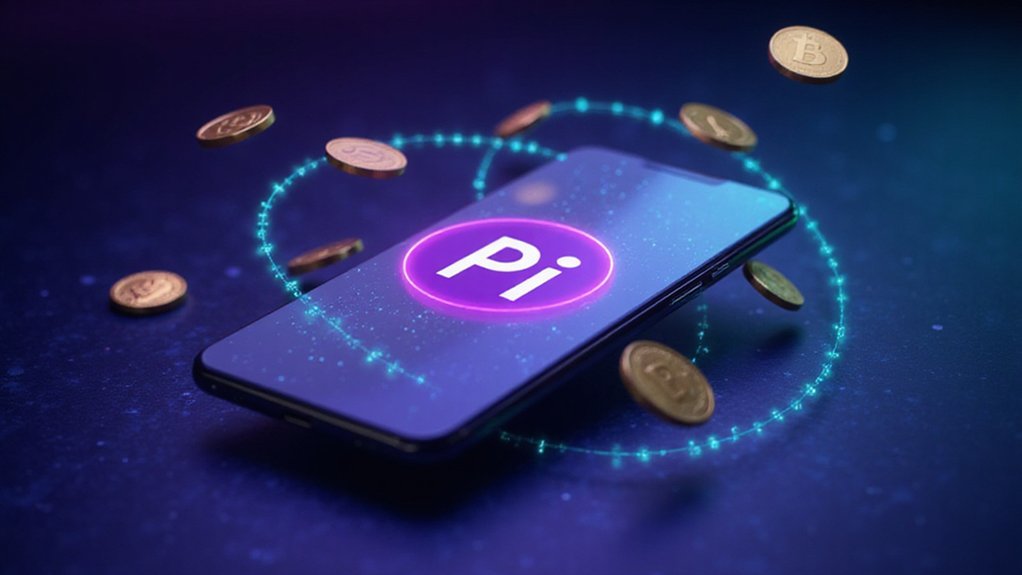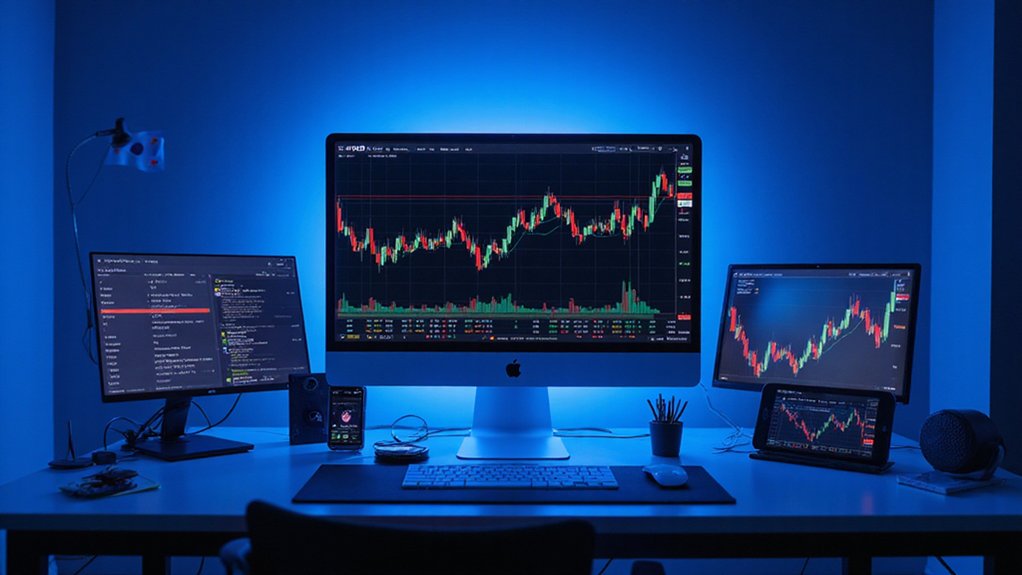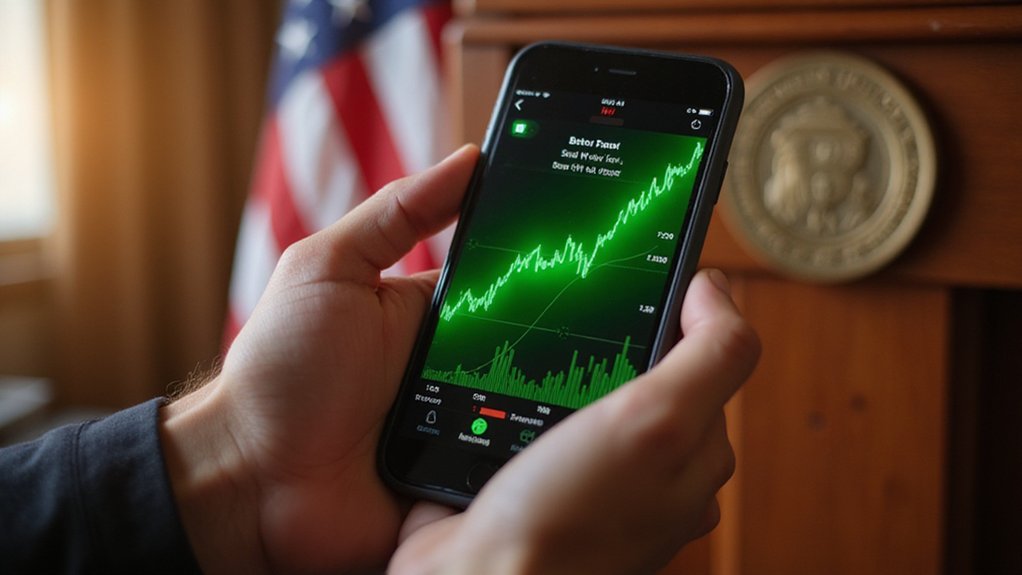Bitcoin’s value as a reserve asset stems from its fixed supply cap of 21 million coins—a stark contrast to infinitely expandable fiat currencies. The U.S. Strategic Bitcoin Reserve established in 2025 represents a watershed shift toward digital assets for economic sovereignty. Bitcoin offers superior liquidity and transferability compared to gold, enabling instantaneous cross-border settlements while delivering extraordinary returns (400% over four years). Its decentralized nature provides institutions with censorship resistance, creating new channels for international financial positioning. The digital scarcity revolution has only just begun.
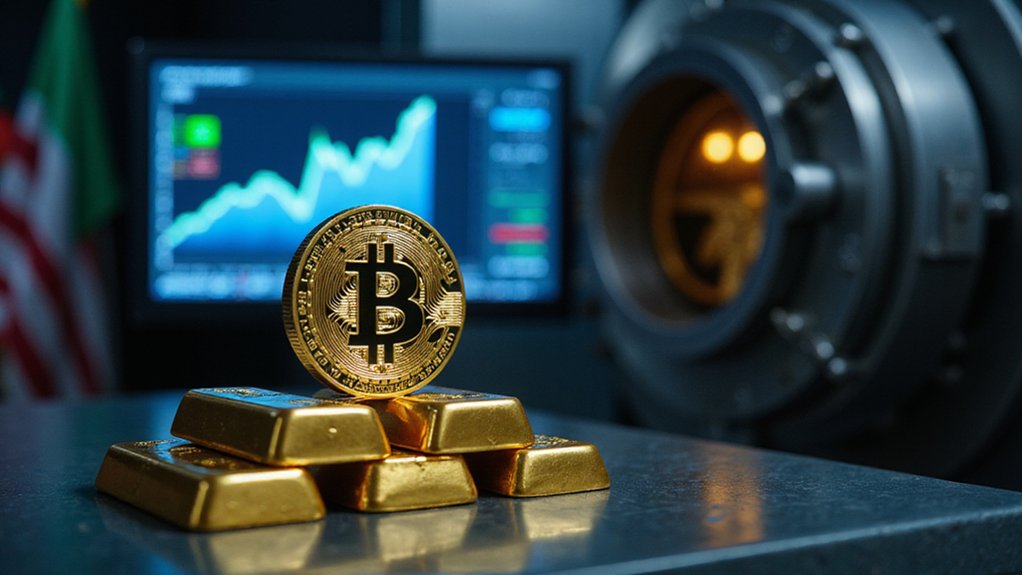
Why has Bitcoin, once dismissed as a mere digital curiosity, emerged as a compelling candidate for national reserve assets?
The answer lies in its intrinsic architectural features—most particularly a fixed supply cap of 21 million coins—which stands in stark contrast to the seemingly limitless expansion of fiat monetary systems.
This scarcity principle has transformed Bitcoin from a speculative instrument into a legitimate hedge against inflationary pressures that perpetually erode traditional currency reserves.
The U.S. establishment of a Strategic Bitcoin Reserve (SBR) in March 2025 marked a watershed moment in mainstream financial thinking.
This wasn’t merely an experimental dalliance with digital assets but rather a calculated move toward enhanced economic sovereignty. The creation of this reserve underscores the government’s commitment to harness digital assets for promoting national prosperity while ensuring secure management of these holdings.
The decentralized nature of Bitcoin—operating beyond the reach of any single government’s monetary policies—provides a unique form of censorship resistance that traditional reserve assets simply cannot match.
(One might reasonably ask why central banks took so long to acknowledge this fundamental advantage.)
When compared with conventional reserve assets like gold or foreign currencies, Bitcoin offers distinct advantages in liquidity and transferability.
While gold requires physical storage infrastructure and presents logistical challenges during crises, Bitcoin can be secured and transferred instantaneously across borders with appropriate cryptographic protocols.
The notion that digital scarcity might outperform physical scarcity represents a paradigm shift in reserve management philosophy.
This shift has been reinforced by the surge in institutional confidence, with BlackRock’s Bitcoin ETF recording unprecedented inflows across 19 consecutive days in 2025.
The geopolitical implications of Bitcoin adoption extend beyond mere diversification strategies.
Nations incorporating Bitcoin into their reserves effectively signal reduced dependence on traditional financial systems and their inherent political entanglements.
This strategic positioning provides a counterbalance to global monetary hegemonies while creating new channels for international settlement outside established frameworks.
Financial sovereignty in the digital age increasingly depends on adaptability to emerging asset classes.
Despite impressive long-term returns averaging 400% over four years and 33,000% over ten years, Bitcoin’s adoption as a reserve asset requires sophisticated risk management to address its inherent volatility.
Bitcoin’s role as a reserve asset isn’t merely about embracing technological innovation—it’s about recognizing fundamental shifts in how value is stored, transferred, and preserved in an increasingly digitized global economy.
Frequently Asked Questions
How Vulnerable Is Bitcoin to Quantum Computing Attacks?
Bitcoin faces theoretical vulnerability to quantum computing attacks, particularly via Shor’s algorithm, which could derive private keys from exposed public keys.
While catastrophic quantum threats remain years away—quantum computers aren’t yet sufficiently powerful—prudent safeguards exist.
Unused Bitcoin addresses (with unexposed public keys) maintain higher security.
The community isn’t standing still; NIST-approved quantum-resistant algorithms and initiatives like Project Eleven’s Q-Day Prize demonstrate active preparation for post-quantum cryptography implementation, though consensus-building for such upgrades remains challenging.
Can Governments Effectively Ban or Restrict Bitcoin?
Governments can implement restrictions on Bitcoin, but complete bans prove largely ineffective.
The cryptocurrency’s decentralized architecture enables users to circumvent national firewalls via VPNs, access foreign exchanges, and conduct peer-to-peer transactions outside regulatory purview.
While major market participants (exchanges, miners) can be regulated, the fundamental network remains resilient.
China’s crackdown demonstrated this paradox perfectly—despite shuttering domestic operations, Bitcoin simply migrated elsewhere, underscoring the futility of attempting to contain genuinely borderless technology through traditional jurisdictional means.
What Energy Consumption Concerns Surround Bitcoin Mining?
Bitcoin mining’s energy appetite has become a lightning rod for criticism.
The network consumes electricity comparable to small nations, primarily powered by fossil fuels, resulting in a substantial carbon footprint.
While technological improvements in ASIC efficiency continue, the overall consumption grows as mining difficulty increases.
The shift from China’s hydropower to coal/gas-based alternatives has worsened the environmental calculus, with carbon intensity jumping from 478.27 gCO2/kWh (2020) to 557.76 gCO2/kWh (2021)—a development that environmentalists view with understandable alarm.
How Does Bitcoin Correlate With Traditional Markets During Financial Crises?
Bitcoin exhibits a remarkably synchronized dance with traditional markets during financial crises, belying its early “digital gold” narrative.
The evidence is striking—a 70% price correlation with stocks over five years, with this relationship intensifying during economic shocks.
When liquidity evaporates, Bitcoin tends to plummet alongside equities (the COVID crash provided a textbook example).
Its heightened volatility and easy liquidity actually amplify these downward spirals, offering scant refuge when traditional markets implode.
What Regulatory Developments Could Impact Bitcoin’s Reserve Asset Status?
Regulatory developments potentially affecting Bitcoin’s reserve asset status include the Trump administration’s 2025 relaxation of crypto enforcement, emerging stablecoin legislation creating clearer frameworks, and the reduction of SEC securities classifications for certain digital assets.
While federal oversight eases, private litigation continues to function as a de facto regulatory mechanism.
Globally, regulatory harmonization could enhance Bitcoin’s reserve appeal, though jurisdictional uncertainties between the SEC and CFTC remain an obstacle to institutional adoption.
The regulatory pendulum’s current swing toward clarity may prove decisive.
